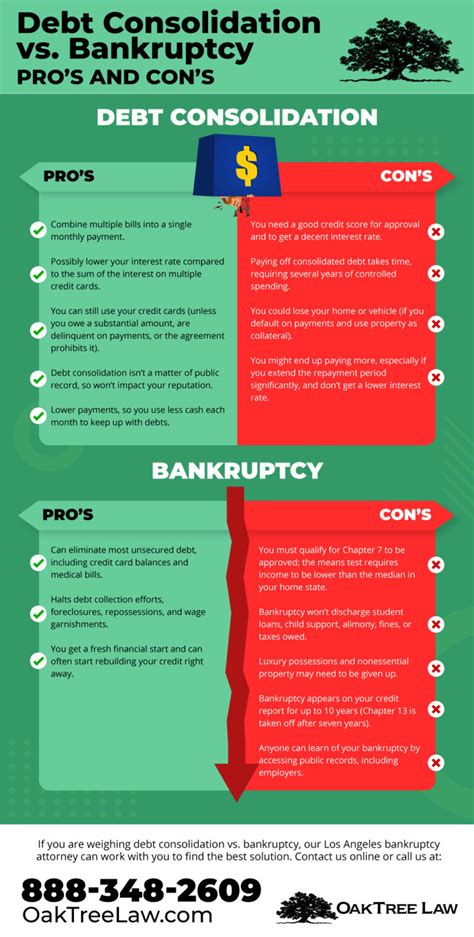Title: Loan Stacking Dangers: The Credit Report Damage of Three Simultaneous Applications
Introduction:

Loan stacking, a practice where borrowers apply for multiple loans simultaneously, has become increasingly popular in recent years. While it may seem like a quick fix to financial needs, it can have severe consequences on a borrower’s credit report. This article explores the dangers of loan stacking and how three simultaneous applications can significantly damage a borrower’s creditworthiness.
1. Understanding Loan Stacking:
Loan stacking occurs when a borrower applies for multiple loans within a short period, often to consolidate debts or finance large purchases. By doing so, borrowers aim to leverage the credit limits of different lenders to maximize their borrowing power.
2. The Impact on Credit Reports:
When a borrower applies for multiple loans simultaneously, it triggers a hard inquiry on their credit report. Each hard inquiry can negatively impact the borrower’s credit score, potentially lowering it by several points. Here’s how three simultaneous applications can cause significant damage:
a. Multiple Hard Inquiries: With three simultaneous applications, the borrower’s credit report will show three hard inquiries, each affecting their credit score. This can lead to a cumulative decrease in the borrower’s creditworthiness.
b. Short Credit History: Loan stacking can also shorten the borrower’s credit history, as the lender’s credit report will reflect the most recent inquiries. A shorter credit history can negatively impact the borrower’s credit score, as lenders prefer borrowers with a longer and more stable credit history.
c. Debt-to-Income Ratio: Applying for multiple loans simultaneously can increase the borrower’s debt-to-income ratio, making it appear that they are over-leveraged. This can raise red flags for lenders and further damage the borrower’s credit score.
3. Long-term Consequences:
The damage caused by loan stacking can have long-term consequences for the borrower, including:
a. Higher Interest Rates: With a lower credit score, the borrower may be considered a higher risk by lenders. This can result in higher interest rates on future loans, making it more expensive to borrow money.
b. Limited Credit Opportunities: A damaged credit report can make it difficult for the borrower to secure future loans or credit cards. This can limit their financial options and make it challenging to manage their finances effectively.
c. Difficulty in Renting or Buying a Home: A poor credit score can also impact the borrower’s ability to rent an apartment or buy a home. Landlords and mortgage lenders often use credit scores to assess the creditworthiness of potential tenants and borrowers.
Conclusion:
Loan stacking, while seemingly beneficial in the short term, can cause significant damage to a borrower’s credit report. With three simultaneous applications, the borrower’s credit score can be severely impacted, leading to higher interest rates, limited credit opportunities, and difficulty in managing their finances. It is crucial for borrowers to be aware of the dangers of loan stacking and to approach borrowing responsibly to maintain a healthy credit score.



